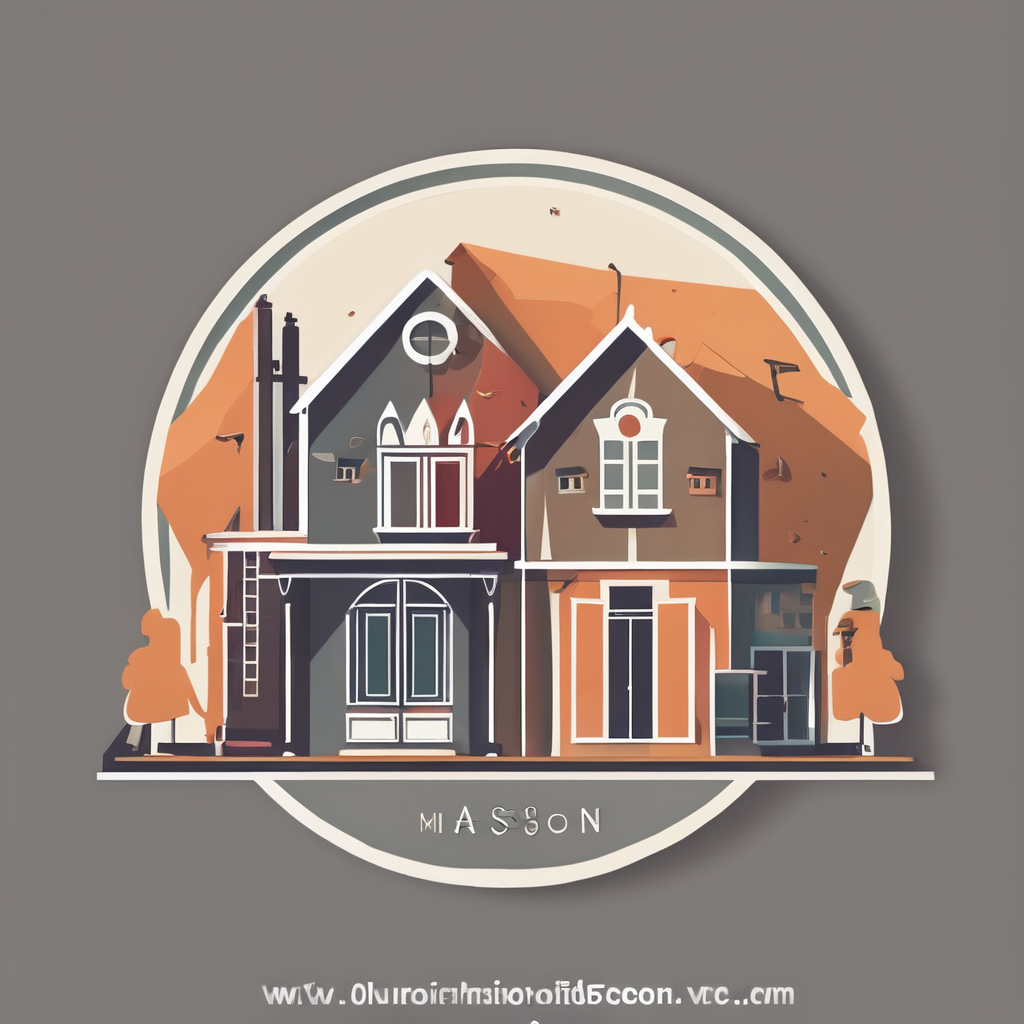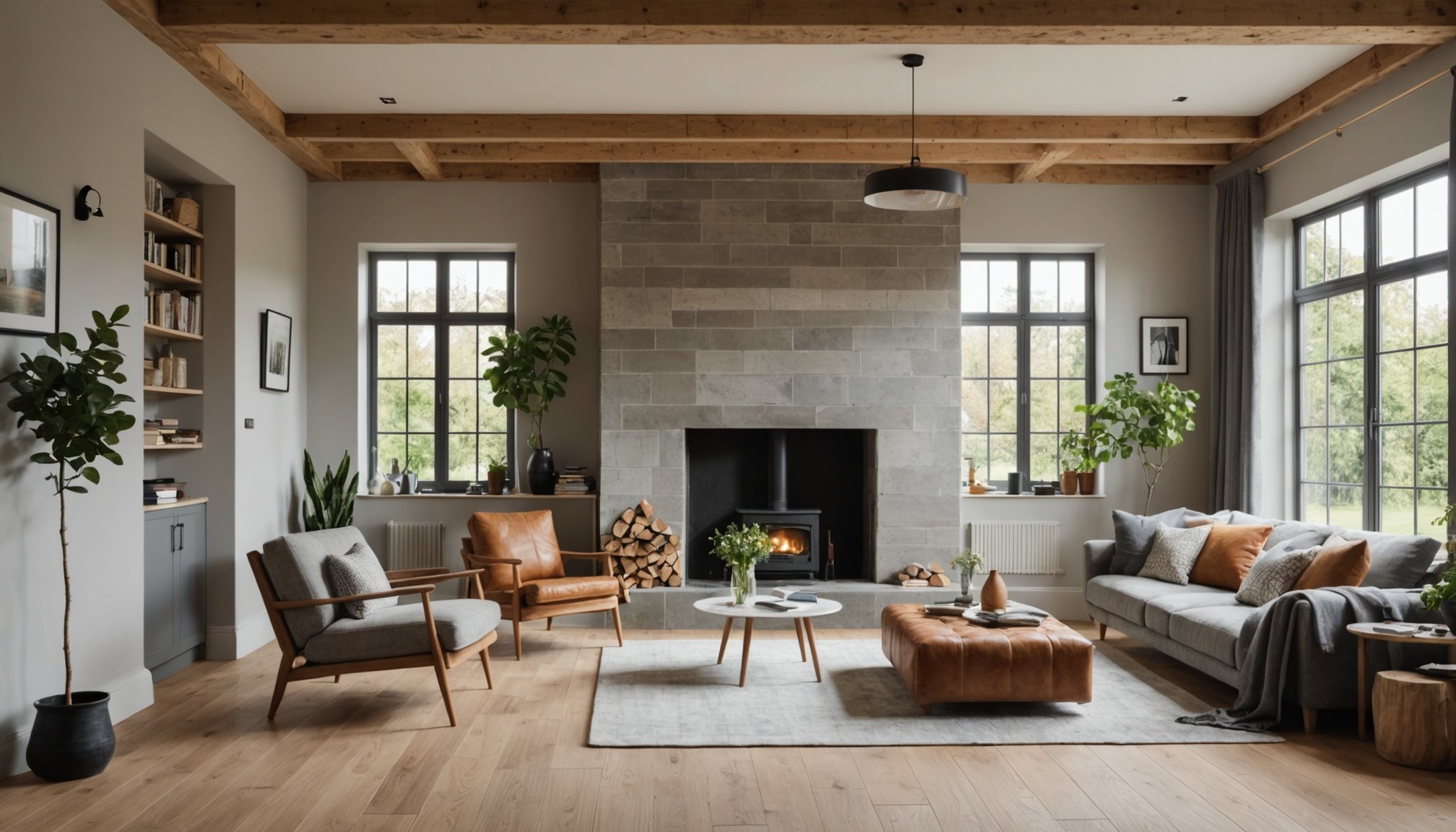Overview of Sustainable Material Trends in UK Home Renovations
Understanding sustainable materials is crucial for anyone considering eco-friendly home renovations. These materials are defined by their reduced impact on the environment throughout their lifecycle—from production to disposal. The importance of choosing sustainable materials lies not only in their environmental benefits but also in enhancing the long-term value and appeal of properties.
One of the prevailing trends in UK construction is the increasing use of locally sourced timber and recycled materials. These options significantly reduce carbon emissions related to transport and production. Cork and bamboo are gaining popularity due to their rapid renewability and minimal processing requirements. Homeowners are also opting for eco-friendly renovations by integrating non-toxic insulation materials and low-VOC paints, which improve indoor air quality.
This might interest you : Transform Your UK Mid-Century Modern Home with the Ultimate Smart Lighting Setup
The choice of sustainable materials plays a vital role in the environmental footprint of a home. Properties employing these materials often see an increase in market value, as buyers are progressively more aware of and willing to invest in eco-conscious living spaces. Making thoughtful, sustainable choices during renovation not only supports the environment but also makes a home more appealing in an increasingly eco-aware market.
Examples of Eco-Friendly Products
In today’s world, opting for eco-friendly products is crucial for sustainable living. These products not only benefit the environment but also promote healthier living spaces.
Also to discover : Essential Components for Crafting a Genuine Coastal Bathroom Inspired by the UK
Recycled and Upcycled Materials
Recycled and upcycled materials are at the forefront of sustainable practices. When renovating, using these materials can reduce waste and conserve resources. For instance, reclaimed wood and recycled metal are popular choices in the UK for their aesthetic and environmental benefits. Upcycling, on the other hand, transforms underused materials into new products, offering a creative and eco-conscious solution for home projects.
Renewable Resources
Another cornerstone of green building is the use of renewable resources. Bamboo and cork are prime examples, known for their rapid growth and minimal environmental impact. These materials are not only sustainable but also durable, making them ideal for a variety of applications, from flooring to furniture.
Low-VOC and Non-Toxic Options
Indoor air quality significantly benefits from low-VOC and non-toxic options. Volatile organic compounds (VOCs) can be harmful to health; thus, selecting paints and finishes with reduced VOCs is critical. These products ensure safer, healthier indoor environments without compromising on quality or performance.
Tips for Incorporating Sustainable Materials into Renovations
Embracing sustainable design during renovations not only benefits the environment but also enhances your living space’s value. Start by evaluating your home’s existing materials. Identify areas where eco-friendly practices can replace non-sustainable options, such as opting for reclaimed wood instead of freshly cut timber.
Partnering with eco-conscious contractors is crucial. These professionals understand the importance of selecting materials that reduce environmental impact. When choosing suppliers, prioritise those who emphasise sustainability in their products and business practices. Always ask about the origin of materials and opt for those with a smaller carbon footprint.
While planning, consider how to design spaces that incorporate sustainability while maintaining visual appeal. For instance, sustainable design doesn’t mean compromising on aesthetics. Use natural light to reduce energy consumption and incorporate plants for improved air quality and a refreshing look. A sustainable home can be as beautiful as it is responsible.
Engage with suppliers who offer sustainable alternatives such as LED lighting, recycled glass tiles, and bamboo flooring. Small changes, like energy-efficient insulation and low-VOC paints, can markedly impact overall sustainability. By integrating these renovation tips and prioritising sustainable design, you create a home that’s both stylish and environmentally friendly, contributing positively to the planet.
Case Studies of Successful Eco-Friendly Renovations
Exploring real-life examples of successful renovations can inspire and guide those seeking to embark on their own sustainable projects. Recognizing the diverse approaches, from residential homes to community-driven efforts, highlights the potential impact of eco-friendly solutions.
Residential Home Renovations
Residential projects often illustrate how individuals can integrate sustainability into everyday living. Homeowners who have embraced eco-friendly changes frequently employ renewable energy sources like solar panels, use sustainable materials like bamboo flooring, and implement energy-efficient appliances. Such renovations not only minimize environmental impact but also lead to long-term cost savings. A common challenge is balancing initial investment with anticipated future benefits. Yet, numerous case studies showcase that these changes can also increase property value.
Commercial Space Transformations
Commercial spaces offer unique opportunities for sustainable advancements, notably in the use of environmentally friendly materials. For example, businesses have adopted recycled steel and low-VOC paints to enhance their premises’ sustainability. These transformations often serve as a brand statement, attracting eco-conscious consumers and investors. Furthermore, successful renovations in commercial environments often demonstrate how sustainability can equate to improved operational efficiency and a decreased carbon footprint.
Community Projects
Community initiatives often promote sustainable building practices on a broader scale. By involving local residents, these projects foster communal ownership and awareness. Examples include community gardens with rainwater harvesting systems and public buildings utilizing passive design strategies. Such successful renovations showcase how collective effort can lead to enduring environmental and social benefits, creating a ripple effect of eco-consciousness within the community.
Resources for Sourcing Sustainable Materials
Accessing eco-friendly suppliers is crucial for sustainable renovations. The UK offers various resources to aid in this journey. Websites like SustainResources.com act as directories providing lists of suppliers specialised in sustainable material sourcing. These platforms can simplify the search by offering detailed supplier profiles and product lists.
Local initiatives, such as Green Builders UK, are pivotal in promoting sustainable practices. They connect renovators with vetted suppliers and provide valuable guidance. Engaging with these initiatives can facilitate the adoption of eco-friendly solutions, ensuring that projects remain environmentally responsible.
The UK also hosts events and workshops dedicated to sustainable building materials. These gatherings present opportunities to learn about the latest advancements in eco-friendly materials, network with industry experts, and discover innovative solutions. Events like the Sustainable Materials Expo offer insights into current trends and material innovations.
For those embarking on sustainable renovations, leveraging these resources not only simplifies the process but enhances the understanding and application of sustainable materials. By connecting with the right suppliers and attending educational events, one can achieve responsible and eco-conscious building practices.
Future Trends in Sustainable Home Renovations
In the exciting world of future trends, the shift towards an eco-friendly future in home renovations is undeniable. As environmental concerns grow, emerging technologies are playing a pivotal role in transforming construction practices. One such advancement is the introduction of innovative materials like carbon-neutral concrete and recycled composites, reducing the carbon footprint significantly. These materials promise durability and a smaller environmental impact, appealing to the environmentally conscious homeowner.
The renovation sector is expected to continue evolving with these eco-friendly practices becoming mainstream. Predictions suggest that homes in the next decade will increasingly incorporate smart technologies that optimize energy efficiency and resource management. For instance, the integration of solar panels with battery storage systems could become standard, allowing homes to be energy independent.
Education and awareness are crucial in this evolving landscape. Homeowners and professionals alike must stay informed about sustainable options and best practices. Regular workshops, certified courses, and online resources can be invaluable. By prioritizing education, stakeholders in the renovation sector can ensure that they are not just adapting to the latest trends, but actively contributing to a more sustainable environment. Investing in ongoing learning will bridge the gap between current practices and a truly eco-friendly future.











